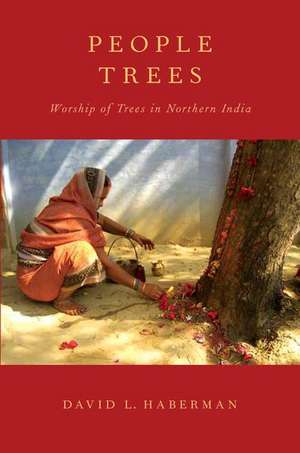People Trees: Worship of Trees in Northern India
Autor David L. Habermanen Limba Engleză Paperback – 25 apr 2013
| Toate formatele și edițiile | Preț | Express |
|---|---|---|
| Paperback (1) | 326.82 lei 31-38 zile | |
| Oxford University Press – 25 apr 2013 | 326.82 lei 31-38 zile | |
| Hardback (1) | 686.93 lei 31-38 zile | |
| Oxford University Press – 25 apr 2013 | 686.93 lei 31-38 zile |
Preț: 326.82 lei
Preț vechi: 374.97 lei
-13% Nou
Puncte Express: 490
Preț estimativ în valută:
62.54€ • 65.29$ • 51.76£
62.54€ • 65.29$ • 51.76£
Carte tipărită la comandă
Livrare economică 24-31 martie
Preluare comenzi: 021 569.72.76
Specificații
ISBN-13: 9780199929160
ISBN-10: 0199929165
Pagini: 256
Ilustrații: 34 illustrations
Dimensiuni: 231 x 155 x 15 mm
Greutate: 0.41 kg
Editura: Oxford University Press
Colecția OUP USA
Locul publicării:New York, United States
ISBN-10: 0199929165
Pagini: 256
Ilustrații: 34 illustrations
Dimensiuni: 231 x 155 x 15 mm
Greutate: 0.41 kg
Editura: Oxford University Press
Colecția OUP USA
Locul publicării:New York, United States
Recenzii
engaging and accessible ... Haberman's book brings attention to an important yet understudied aspect of Hindu religious experience, providing a wealth of ethnographic detail, along with compelling theoretical reflections on the limits of concepts such as animism and anthropomorphism ... Recommended.
The book provides rich insights
Haberman's People Trees is an excellent piece of scholarship
This is a positive book.
The book provides rich insights
Haberman's People Trees is an excellent piece of scholarship
This is a positive book.
Notă biografică
David L. Haberman is Professor of Religious Studies at Indiana University Bloomington.









